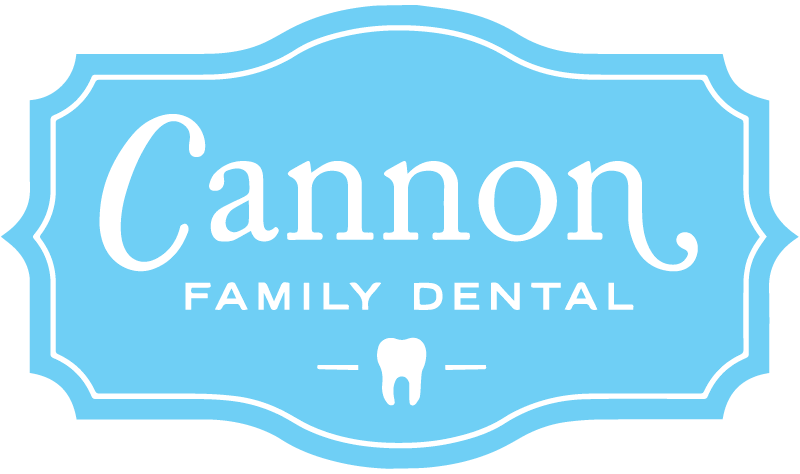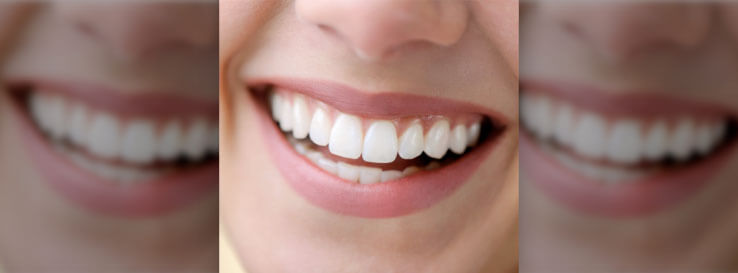I was provided the following article by a dental supply representative. As we have been using fluoride varnishes in my office for nearly four years I felt this would be excellent information to share with anyone interested. The article was written by W. Edward Gonzalez, DMD, a pediatric dentist in Brandon, Florida:
The caries-inhibitory effect of fluoride was once attributed mainly to systemic benefits through drinking water. Municipal water fluoridation programs were designed to make fluoride available during the development of teeth, prior to eruption, which makes teeth more resistant to the caries challenge. While this benefit is indisputable, researchers now believe that fluoride may have a greater effect when applied topically as a dentifrice or mouthwash at home and as a gel, foam or varnish in the dental office. When applied topically, fluoride inhibits demineralization, enhances remineralization and may also inhibit bacterial activity in the plaque.
While twice daily brushing with Over-The-Counter (OTC) fluoride toothpaste is considered the standard of care, the addition of any professional application of fluoride in the office will provide greater protection against tooth decay. In-office fluoride treatments include gels or foams placed in direct contact with the teeth using a disposable tray. These formulations often contain 1 to 2% sodium fluoride (4000 to 9000ppm F) or 1.23% fluoride ion (12,300ppm F) and are held in placed for 4 minutes. After application, the products are washed away, effectively stopping the treatment. The level of fluoride in the mouth may remain elevated for some time but typically returns to baseline levels within a short time. These products have been shown to greatly reduce tooth decay. In recent years, there has been growing interest in fluoride varnishes.
These varnishes often contain high concentrations of fluoride (typically 5% Sodium fluoride or 22,600ppm F) but only a small amount of total product is applied (0.25 to 0.5g). Varnishes are applied quickly by swabbing or brushing and remain on tooth surfaces for long periods of time—extending the treatment period beyond other in-office treatments. Researchers have shown varnishes can elevate fluoride levels in the mouth for nearly 24 hours, even after patients brush it off. These findings have lead dental professionals to begin expanding the use of fluoride varnishes as a professionally applied fluoride treatment. Varnishes are becoming a method of choice for delivering topical fluoride in many dental practices around the country.
Fluoride varnishes were cleared for market in the USA as desensitizers and cavity liners under amalgams more than 20 years ago and have been used in other countries for over 40 years. Presently, they are not approved or cleared by the Food and Drug Administration for the prevention of tooth decay which prevents them from being marketed for this indication; however, clinicians have made caries prevention and fluoride treatment the most common use of fluoride varnishes in the USA.
The American Dental Association (ADA) has published guidelines on professionally-applied fluorides that promote fluoride varnishes for this indication. In May 2006 the ADA recommended application of fluoride varnishes (http://www.ada.org/sections/scienceAndResearch/pdfs/report_fluoride_exec.pdf) for anyone that has existing cavities, or a history of cavities within the past three years (http://www.ada.org/sections/professionalResources/pdfs/report_fluoride.pdf).
The wide variety of uses for varnishes from standard application following prophylaxis (cleaning) to prevention of decay around restorations, sealants, and orthodontic brackets makes it an ideal fluoride treatment for every-day use in the dental office.
This article was written to dentists. I felt it valuable to share with patients and recommend topical fluoride application, including in-office fluoride varnishes, for moderate to high-risk patients (risk of forming cavities). I look forward to visiting with you at your next appointment. If you have any questions you can email me via my website at www.chamberlaindentalhealth.com.

